DD, MD and Die Deterioration on lower grade coins. Need Help
 PennyPincher57
Posts: 34 ✭
PennyPincher57
Posts: 34 ✭
Im having trouble telling the difference on lower grades coins. Im talking Lincoln cents mainly. Yes on high grade coins you can check for die markers and die scratches against photos on several sites but on low grade coins those are impossible to find or see. Yes it would be nice to be able to afford a high grade 1955 or 69 but my budget doesnt allow it and im stuck going thru lower grade coins.
Ive read hundreds of articles and looked at hundreds of pictures on this site and others. Some coins are easy to tell and some are not. I think you just dont get the difference until you finally get it. So if you post an article on machine doubling ive probably already read it. Most articles include perfect 1955 DD or perfect machine doubling.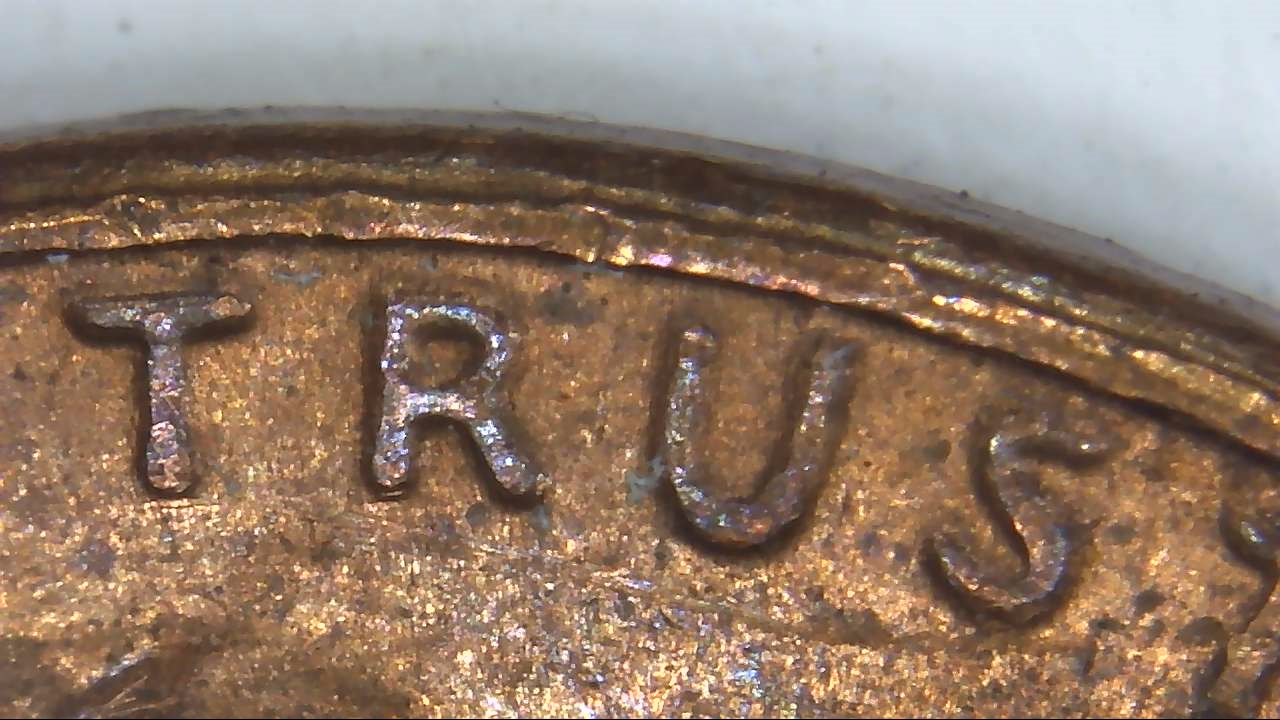
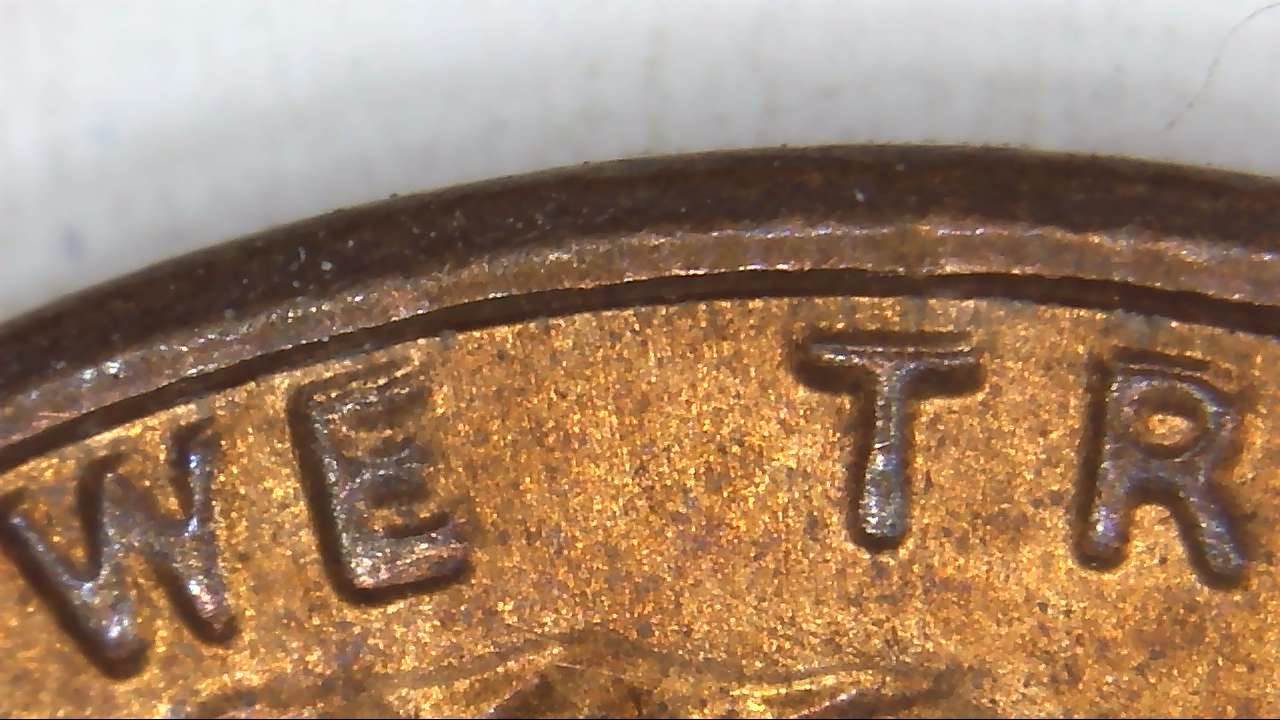
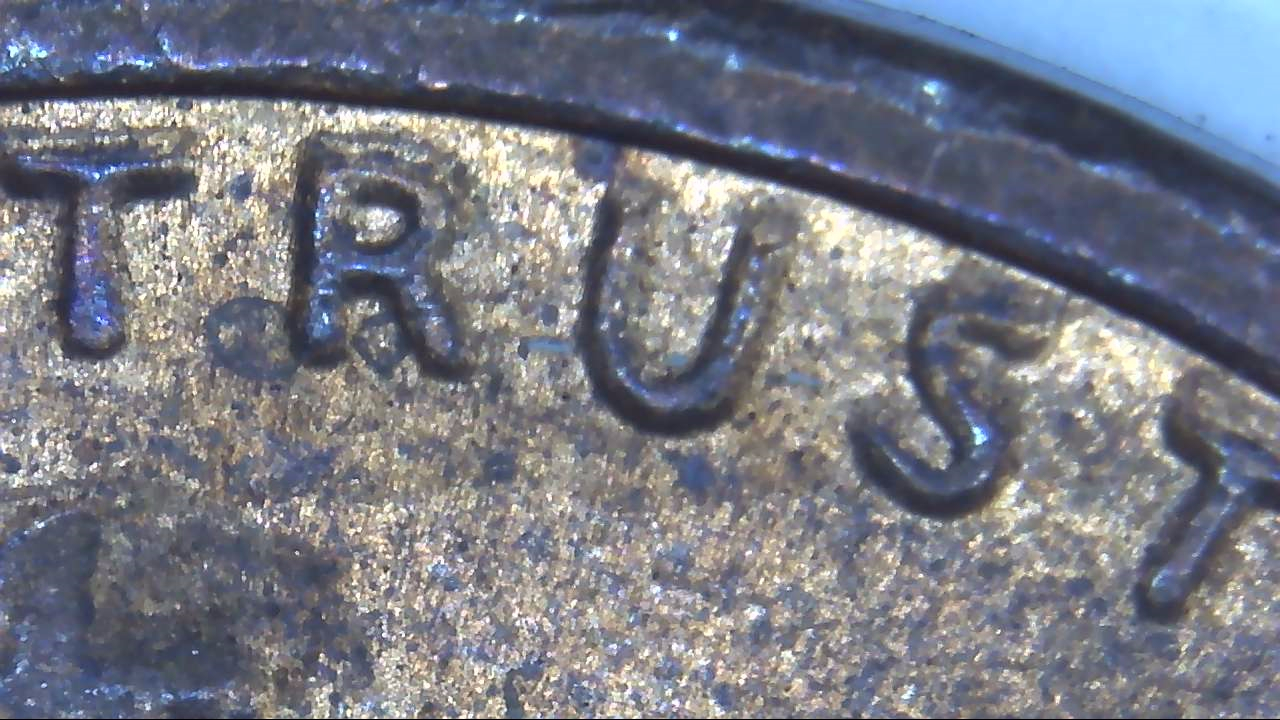
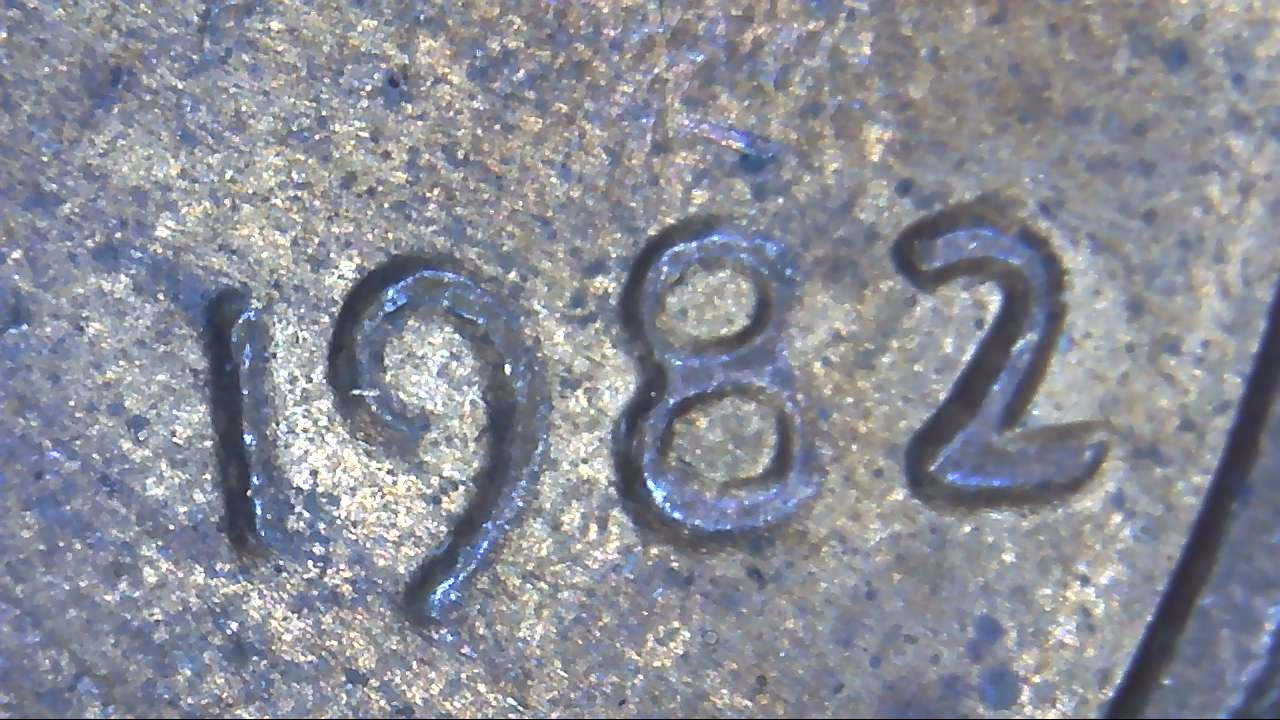
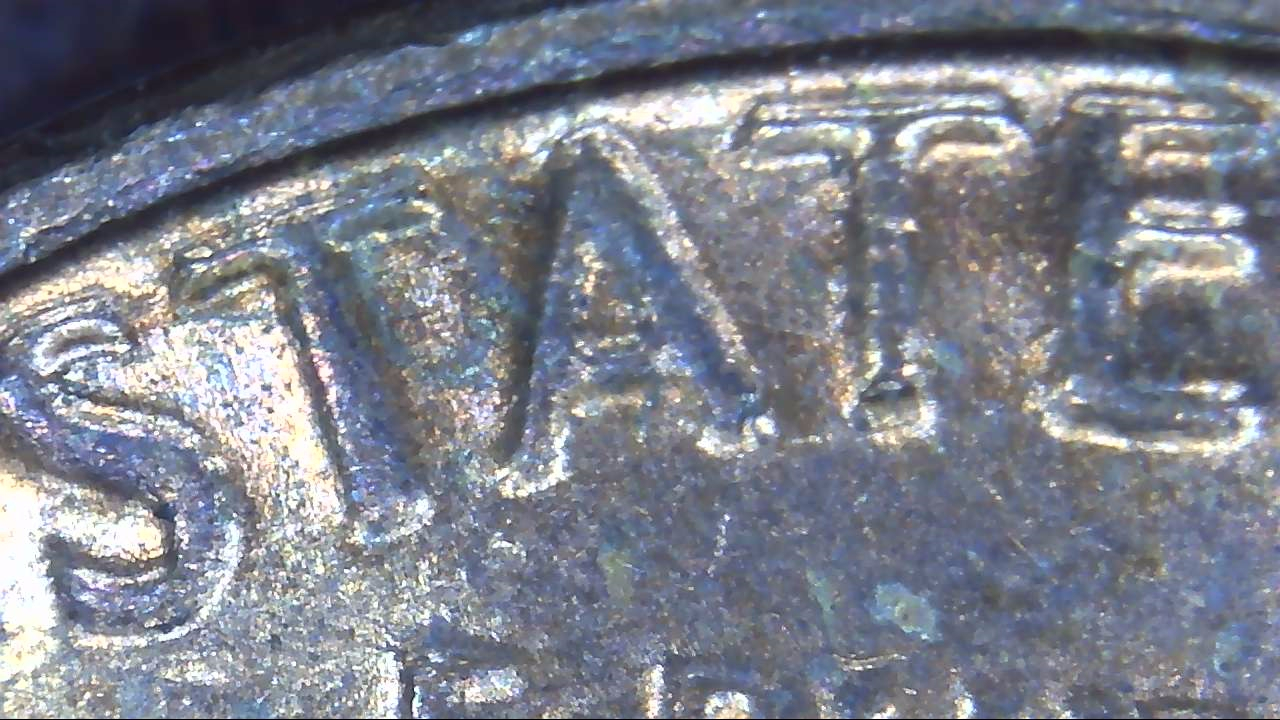
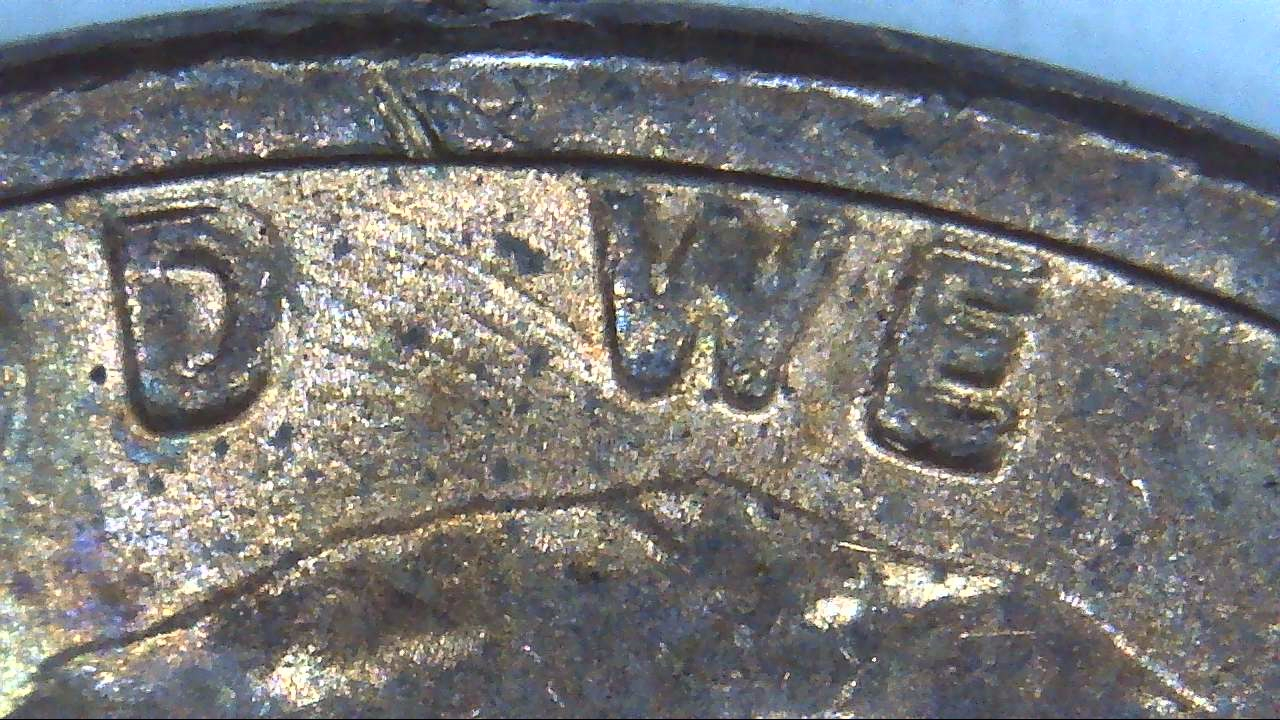
Ive included pictures of five different 1982 Lincoln cents and I believe most are machine doubling but I would appreciate some of the experts opinions. I get the flat shelf like doubling but to me some of them are not flat.
Help is needed and appreciated
Comments
Everything is doubled to me, even with glasses on! I cannot be any help. 🙂
Are there known DDs for that year/mm? if so, then just compare yours to pics of the known DDs. They need to match exactly.
if so, then just compare yours to pics of the known DDs. They need to match exactly.
Unless you are looking at current year's coins which might have an as yet undiscovered DD, you should only be scrutinizing years with known DD and compare to pictures of known examples.
P.S. your pics look to me to be die deterioration or MD.
Well how you came up with the MD or deterioration on lower grade coins is what im trying to figure out. Ive looked at plenty of pictures for 1982. Wexlers list six WDDO varieties and two WDDR varieties for 1982. They are mainly "Best of Variety" coins and fairly easy to see the doubling. My coins are not the same grade so they are not going to match exact because you cant see die markers or scratches on a VF-20 coin. Im having trouble with lower grade coins.
Machine doubling is listed as flat shelf like doubling. Some of these coins are not flat doubling which throws me off. I lean towards the MD like you said but some things point toward DD.
I did not see any DD in those pictures... The coins you have, though not the same grade, should still be comparable for identification.... I would go mainly by the pictured fault on lower grade coins and not the die markers....Cheers, RickO
Thanks Ricko but still hoping someone will take the time to explain why some of the coins I have would be classified as machine doubling or die deterioration instead of double die. Not trying to make them out to be DD's or an undiscovered variety. Just trying to learn the difference in each. I see split serifs but maybe they are not really split serifs. Maybe im looking at things wrong. Everyone was in the first grade at one time. Just looking for a teacher not a book to read.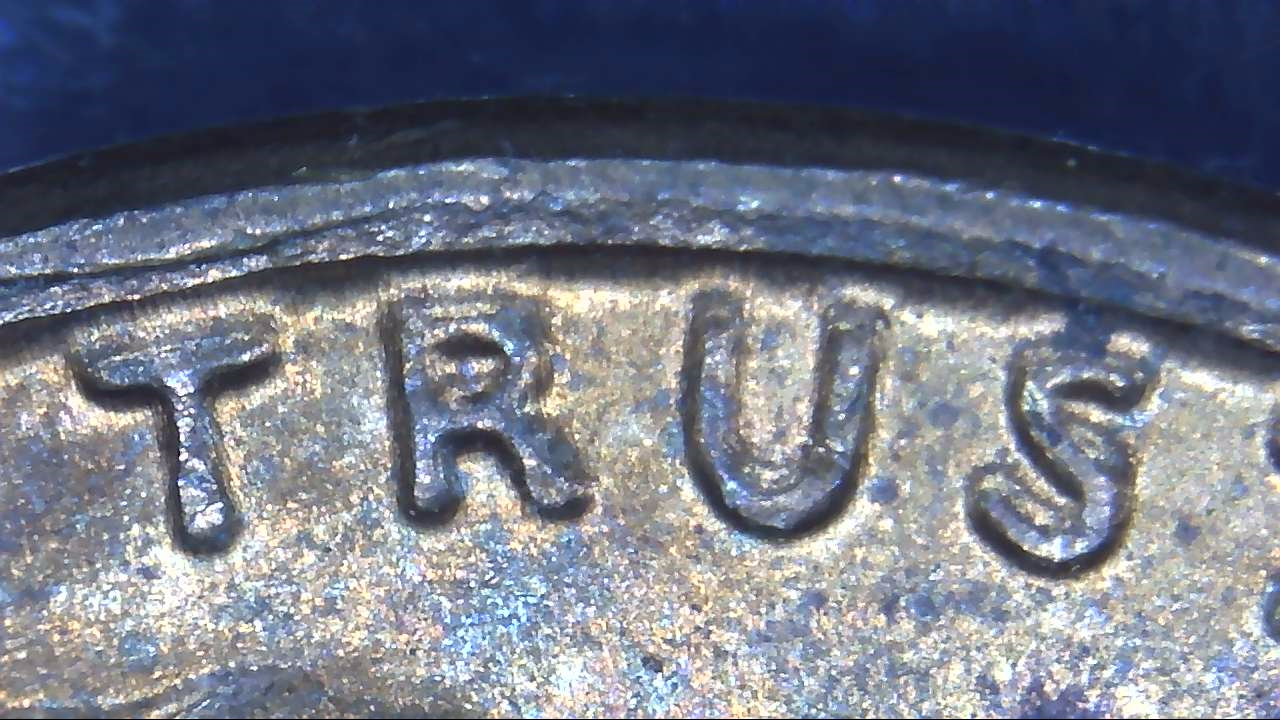
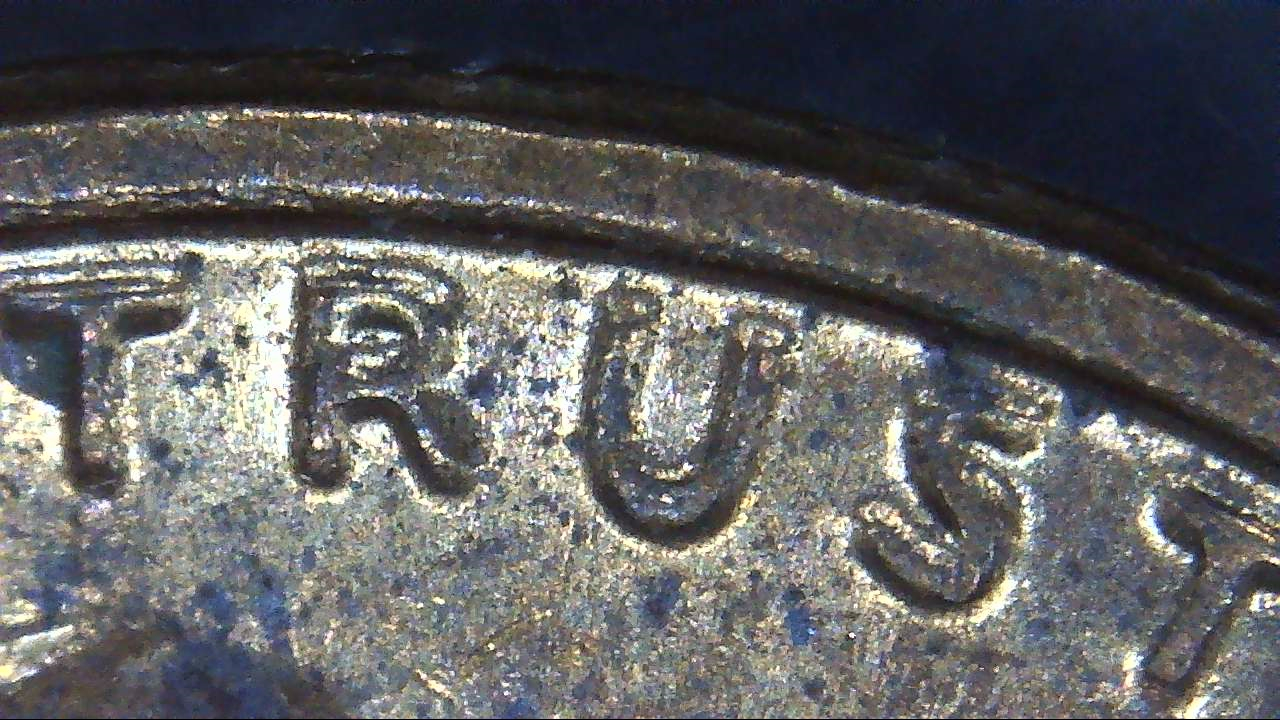
Here are a couple more examples on 1982 D Large date cents. I say die deterioration.
Both the Cherrypicker's guide and CONECA have very good tutorials on how to tell the between machine doubling and true doubled dies. I believe the Wexler doubled die files also has an excellent treatment on this as well.
The 2nd pic is classic MD. Flat, shelf-like doubling. Also, the proper width/contour of the raised letters is diminished by the doubling. That is to say, the raised and doubled parts combined are the proper size.
Most DDs have primary and secondary lettering that are roughly the same height off the coin (relief) and where the lettering is separated, the width of the letters or parts of letters is the same.
Once again, you should be comparing to known pictures of confirmed DDs. If yours does not match exactly then it is almost definitely MD or die deterioration. No need to agonize over it.
The Cherrypicker's guide will help you out.
Thanks JBK